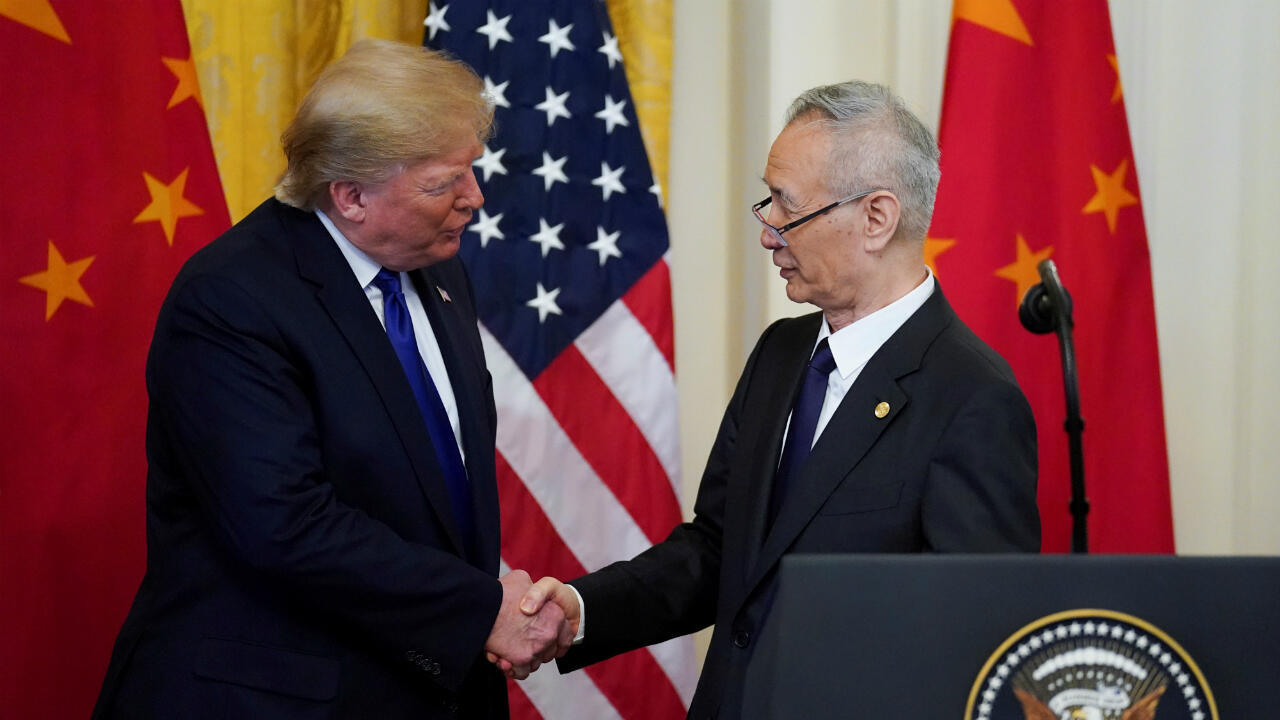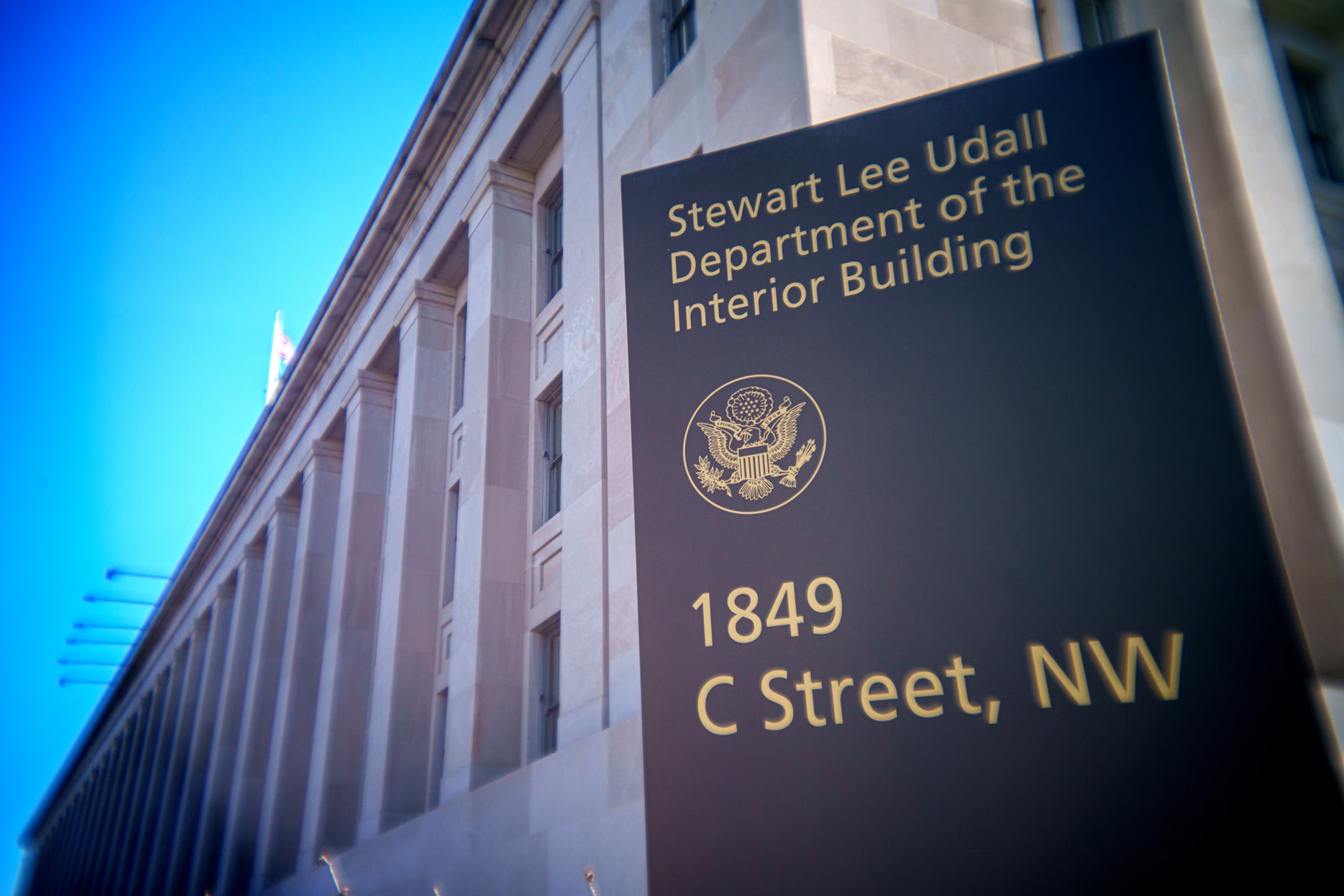Former U.S. President Donald Trump has revived his tough stance on China. Speaking at a campaign event in Washington, he said he plans to impose a 100% tariff on Chinese imports starting November 1 and warned that it could increase to 155% if no new trade deal is reached before then.
The announcement has brought trade relations between the world’s two largest economies back to the forefront. It comes at a moment when global markets are still dealing with inflationary pressures and fragile supply chains, raising concerns about how new tariffs might affect both growth and prices worldwide.
How the trade conflict began
Tensions between the two countries escalated in 2018, when the Trump administration introduced tariffs on hundreds of Chinese goods. U.S. officials argued that the measures were a response to trade practices seen as harmful to American companies, including subsidies to Chinese industries and limits on market access for foreign businesses.
Beijing retaliated by raising taxes on key U.S. exports such as soybeans and automobiles. The two sides went through several rounds of talks and partial agreements, but most of the tariffs imposed during that period remain in place.
Motives and potential effects
Trump has made trade a central part of his campaign message, claiming that higher tariffs would protect domestic jobs and encourage local production.
Economists, however, have warned that similar measures in the past increased import costs and pushed consumer prices higher, while also creating uncertainty in global supply chains. The latest proposal, they say, could have comparable effects if implemented.
So far, the U.S. government has not specified which industries might be affected by the new tariff plan.
Beijing’s cautious response
China’s Ministry of Commerce issued a brief statement pledging to “take the necessary steps to protect its interests” while underlining the need to maintain stable trade relations. It did not clarify what actions it might take in response.
Analysts note that Beijing tends to adopt a measured tone in the early stages of tensions, waiting for official policy moves before deciding on any countermeasures. The ministry also reiterated that dialogue remains the most constructive way to resolve disputes.
What lies ahead
Both Trump and Chinese President Xi Jinping are expected to attend an international summit in South Korea in November. No bilateral meeting has been confirmed, but observers say the event could become a venue for renewed negotiations if both governments decide to ease hostilities.
At this stage, Trump’s comments are seen mainly as a political signal, not an official policy shift. Still, his remarks have reopened a debate that continues to shape the global economy.
Contact us today through our WhatsApp to discover how we can help you achieve success in the United States.
Sources: Metropoles | G1.Globo | CNN Brasil | Gazeta do Povo



